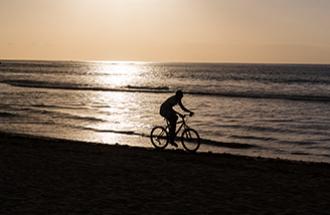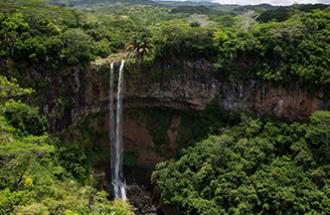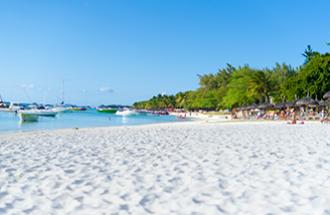Climate
Climate
Mauritius’ mild tropical climate – with over 300 days of sunshine a year– gives the destination its year-round appeal. Located in the southern hemisphere, the summer and winter months in Mauritius are opposite to the seasons in Europe. The peak summer season runs from October to May and winter runs from June to September.
The weather is hot and tropical during the summer, with peaks in temperatures occurring in the months of December, January and February. The summer also sees the most rain – but the showers rarely last for long and most rain falls on the central plateau. This is the best time for scuba diving – especially December through to March – and for deep-sea fishing. The cyclonic season runs from November to April. Typically the cyclones avoid Mauritius because of the small size of the island, however in the event a cyclone does reach the island, rest assured that all of the beach resorts have been constructed to resist strong cyclonic winds.
The dry winters attract those seeking winter sun and is perfect for families as the temperature is cooler from May to October. Prevailing winds tend to blow over the island from the east and south-east which mean ideal conditions for kite and wind-surfing.
On the central plateau, which is some 600 metres above sea level, the average day temperature is between 20°C in August and 26°C in February. On the coast, the temperatures are higher by about three to five degrees. The northern and the western parts of the island are warmer and drier than the eastern and the southern regions.



